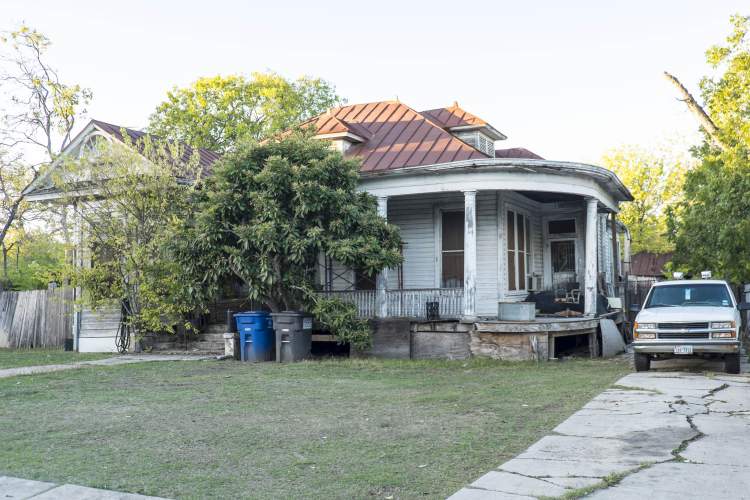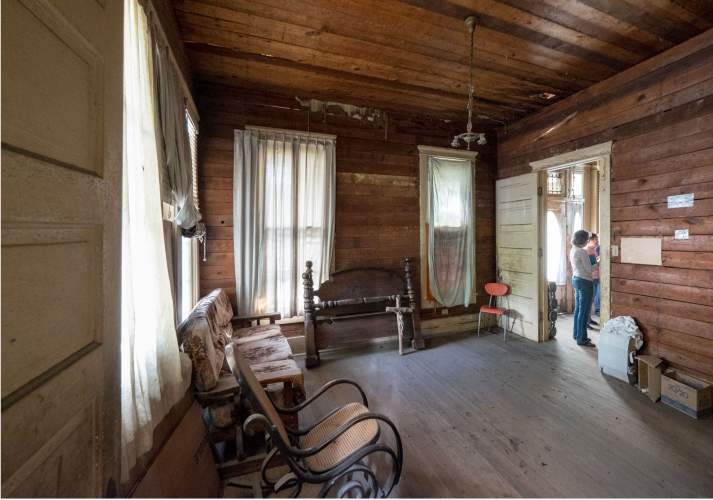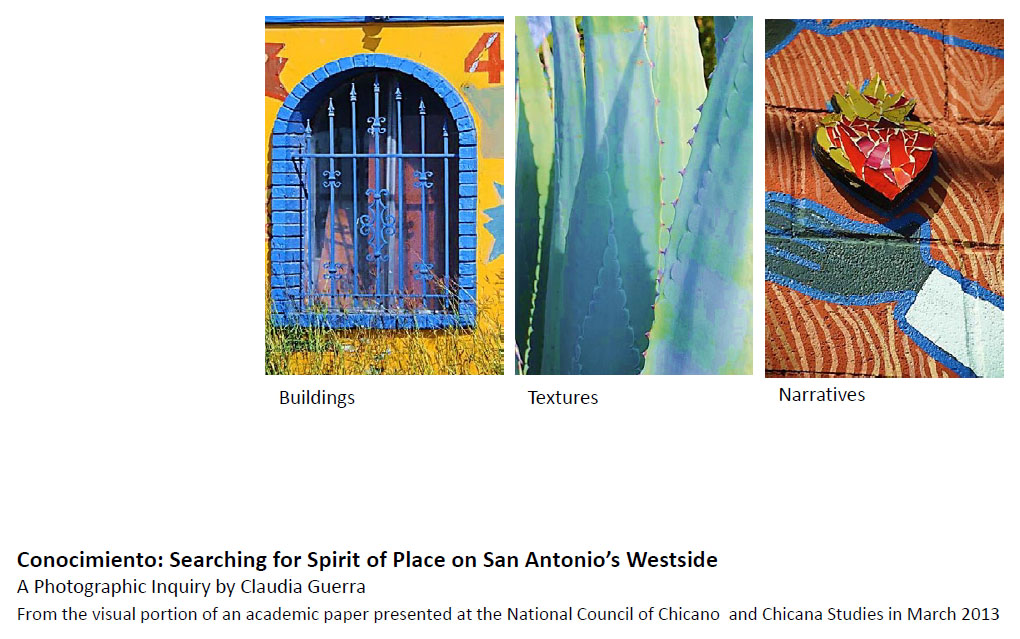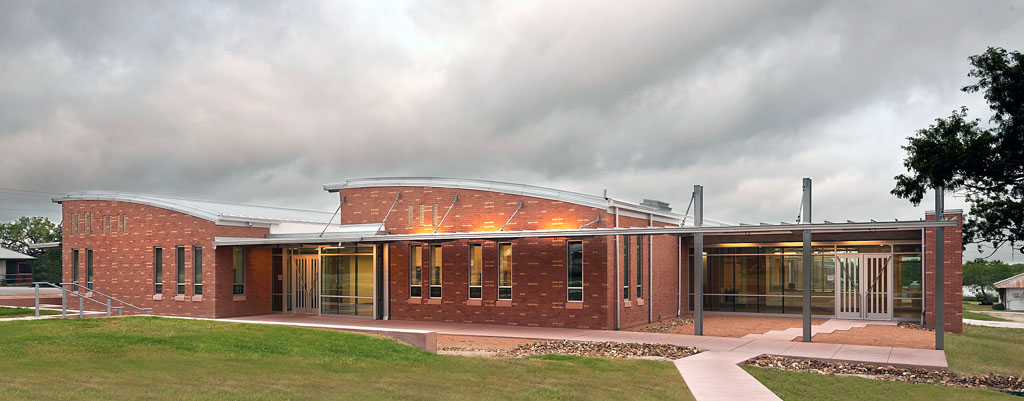The Human Face of Gentrification

Contemplating the possibilities if he could move back into his home of 50 years.

100 year old house in need of repairs. View of the front from the southeast.
I am looking forward to working on design of the selective renovation soon. Currently, we’ve just completed the Repair Scope of Work developed with the assistance of our structural engineering consultant, Patrick Sparks, P.E., of Sparks Engineering Incorporated.

Interior of the front room, south east corner. This is where everyone slept in the summer time, before air conditioning.
Fundraising is underway, and the greatest news of today is that Donna Bertolacci, of D.B. Home Repair completed her proposal for the repairs and is donating her time, overhead and profit! A very generous proposition from a great homebuilder and her team who I just had the pleasure of working with on the Olmos Park Residence. Please contact Bob Comeaux, bobtheunionguy@aol.com, if you can contribute.
Comeaux sums up the situation best by saying, “How can we help the Miguels of the world, as opposed to tearing down their houses?”
Looks like that is what we’re figuring out. How to filter the gentrification process so it allows residents stability if they want it, and mobility if that’s their choice.
More on this story in Treasure Hill Residence – Part 2.
via Save Miguel's Home: The Human Face of Gentrification by Page Graham for the Rivard Report.


